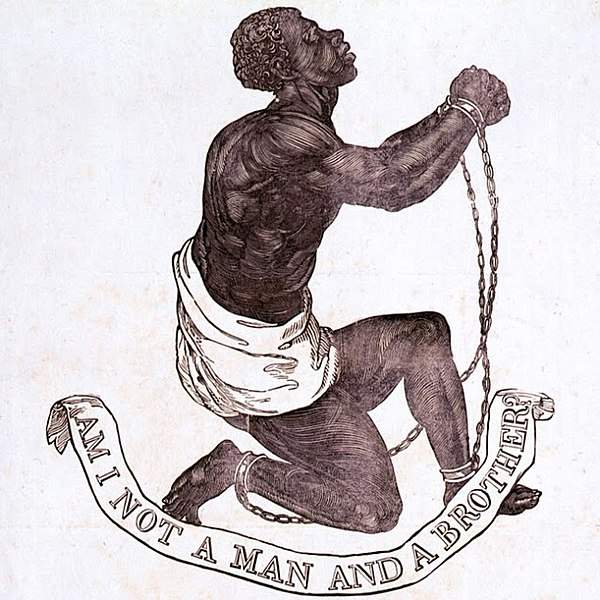An outstanding feature of politics in our times is the extensive use of symbolism. Although symbols have always been used throughout human history, they have a special significance today. The reason is the colossal amount of information that the electorate is subjected to, not only over social media, but also the conventional media. The information clutter makes it difficult to process political communication especially as attention spans decline. Forming political opinion on the basis of ideology and policy is therefore much more complicated than ever before.
Secondly, as a global society we have attained a considerably mature stage in being a ‘political species’. Most of us subconsciously, and some of us actively, internalize political ideas, conflicts, debates and policies. Even a citizen who is completely detached from his local political currents has rudimentary political socialization from his primary social groups like family, friends and colleagues. Layer after layer of a rich political discourse is deposited in his subconscious mind. For such a mind primed with deep political imagination, a political symbol acts as a trigger to the dynamite of perception, imagery and mental associations. A sickle and a hammer on a red flag immediately triggers the reminiscence of iron-fisted Communism, as a Swastika on another red flag brings back the gory memories of Nazism.
Both factors therefore — information clutter and a politically well-inducted electorate, make the situation ripe for extensive use of symbols, archetypes and representations in politics. The former acts as a compulsion, the latter as an enabler.
Human societies have long used symbols to express wide-ranging ideas of religion, sexuality, nature and the unknown. Various deities were ascribed authority on different aspects of life such as rains for a good harvest, prosperity and abundance. These deities were established in temples and the relevant ones invoked as and when the need arose. However, in modern politics, symbols go beyond deities, and include diverse archetypal icons to elicit a desirable response from the electorate. These range from animals, food, clothing and even human beings themselves. Lets take a look at a few crisp case-studies to understand politics and semiotics better.
The Holy Cow: Since the ancient times, India as an amorphous nation has been self-content with the richness of its resources, plenty of river water, agrarian land and warm tropical weather. The richness of resources in fact, never required Indians to look beyond their own territory. However, a Hindu farmer living on his ancient farm in the Ganga-Yamuna basin would rely heavily on the monsoons (a distinct feature of Indian agriculture even today), which would often fail and cause widespread famine. Yet, through the alternating cycle of abundance and scarcity, there was one companion that the farmer and his family would find comfort and support in. This was the cow that would act as an efficient food processing unit for the household, by consuming minimal leftover refuse or dry hay, and converting it into milk to feed the family. Over thousands of years, its relationship with the farmer evolved and the cow began to be seen in the nurturing light of a mother. A deep sense of gratitude towards the cow gradually turned into a desire to sanctify and worship it. Today, the cow has become a symbol of thousands of years of these sentiments, especially among the ancient Hindu population of India. It has lately been used as a significant political symbol in India to represent a pure and ancient Hindu civilization having thousands of years of association with the animal.
The Human Symbol: Can human beings be used as political symbols as well? In October of 2012, a 15 year old female student was shot by the Taliban in Pakistan apparently as a measure to repress female education. The student survived the bullet and was soon moved to convalesce in Birmingham, UK. The story gained immense traction in the Western media and very soon Malala Yousufzai became the star-child of the Western liberal world for her ‘defiance’ against a ‘repressive’ ideology. Two years later, the 17-year-old Malala entered the ranks of legendary world leaders like Mikhail Gorbachev, Nelson Mandela and the 14th Dalai Lama when she received the Nobel Prize for Peace. Many critics were aghast at such a young child being awarded the Nobel, and made to stand at par with leaders who had spent a lifetime of work for a global cause. Many others were early to realize however, that Malala Yousufzai had transmogrified from an ordinary Pakistani girl who took a Talibani bullet, into a human symbol in this grand scheme of global affairs. She had been established, and was to be glorified forever as the deity of female education by the Western liberal world. This was even more meaningful in the context of the latter’s perpetual conflict with radical Islamism.
Taking the Knee: An American football player Colin Kaepernick decided to kneel down while the American national anthem was playing before a game in 2016. This was a gesture of protest against the lack of attention being paid to racial issues in the country. For Kaepernick however, it was like walking a tight rope. He avoided what would have been an extremely disrespectful gesture of sitting down during the anthem, and decided that taking the knee was the most balanced way to mark his protest. The gesture was an excellent reminder of years of slavery and chain-bonding that blacks have endured in America, and whose conditions were immortalized by anti-slavery artist Josiah Wedgwood, through his 1787 medallion Am I Not a Man and a Brother?

Representing complex socio-psychological currents using a symbol is a natural ability of the human mind. One of the most celebrated (as well as controversial) psychologists, Dr. Sigmund Freud has studied symbols as all-encompassing representations of complex feelings and observations. He used his study of symbols and archetypes in his famous work ‘Dream Psychology’. In this work, Freud explains that symbols such as snakes and alligators appear in our dreams and reveal a wealth of insights about our thought-process, state of mind and repressed desires. Freud deliberates on the fascinating ability of the human mind to condense a plethora of information in the form of a unique symbol. It is this human ability that translates itself and is reflected at the societal level. Semiotics therefore has an abundant presence in not just the field of politics, but also religion, sociology, business and art.


